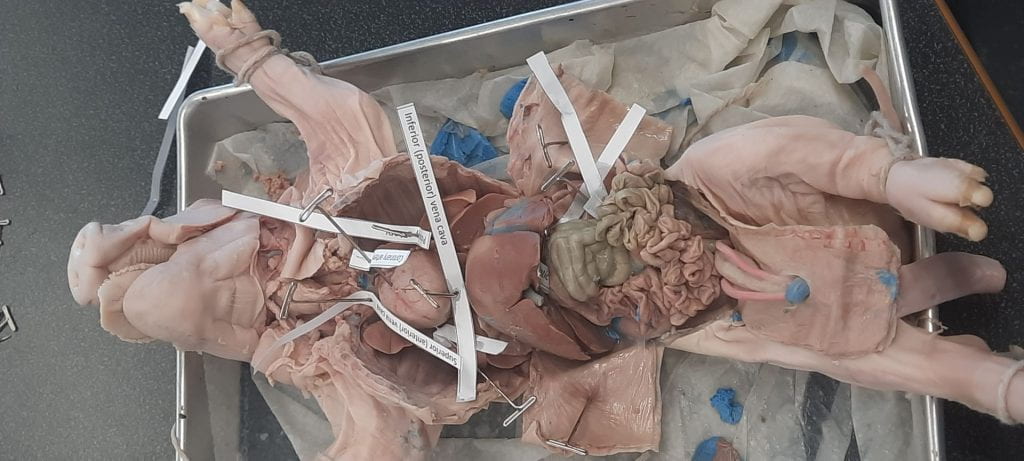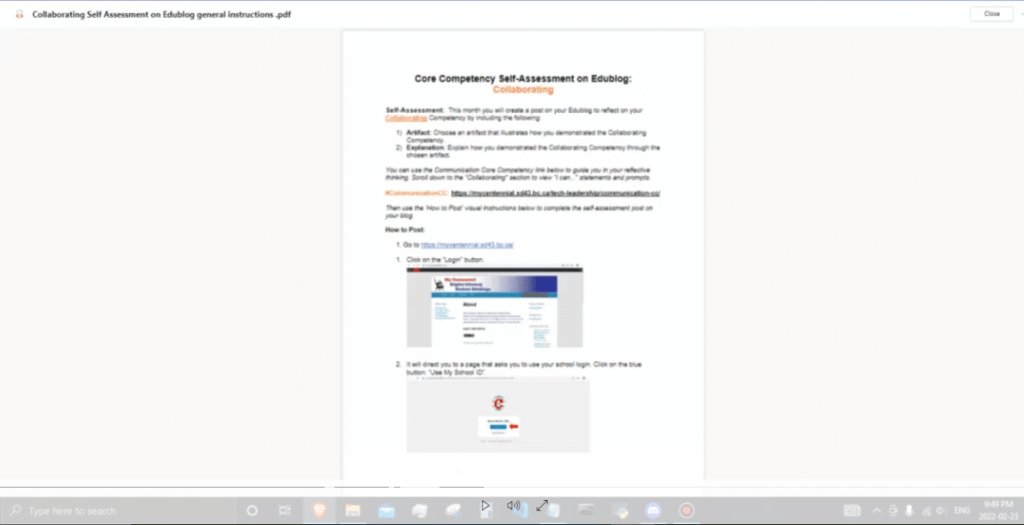Kohlberg’s Moral Perceptions in the Crucible By: Filip Canak
The goal of this essay is to give better insight into the characters found in Arthur Miller’s “The Crucible”. A plethora of characters within the play behave in specific ways that may confuse the reader. However, utilizing Kohlberg’s moral precepts, one can better comprehend the reasoning behind the characters’ actions as they’re portrayed. In this essay, three different types of moral precepts will be looked at and used to explain the motivations of each of the characters. The three types are, preconventional, conventional, and post conventional.
There are many examples of preconventional characters within the crucible. Preconventional thinking is when one behaves in a certain way to avoid punishment and obtain reward. The first instance of such behavior can be observed with Betty. We can see this trait in her when she is supposedly ill in bed and unconscious but suddenly “whimpers” during a dispute between Abby and Mercy. From this, it becomes apparent that Betty is being preconventional by simply feigning her illness to avoid the punishment of being beaten for dancing in the woods with the other girls. Later in the act, Tituba also displays similar behavior. This is seen when Abigail accuses her of making the girls drink blood and dance. Upon hearing this, Parris begins to close in on Tituba, stating that “[She] will confess or [he] will take [her] out and whip [her] to [her] death”. This prompts Tituba to cry out a false confession as it was the only way to avoid the punishment of being whipped to death by Parris. Furthermore, towards the end of the play in act 4, Reverend Parris can be seen acting in a specific way in order to avoid punishment or obtain reward. He displays this when he stresses how important it is that Hale convinces the prisoners to confess in order to save their lives as “there is danger in it for [him]”. In this instance, Parris is referring to when he opened the door to his house and a dagger fell to the floor, indicating that his involvement in the hangings and the effect it has on Salem is putting his life in danger. From this, it can be seen that Parris is changing his behavior to avoid punishment when he suddenly joins the side of mercy once his actions begin to have consequences. From the characters mentioned, it can be noted that there are numerous examples of preconventional characters in the Crucible.
Moving on, there are many examples of conventional characters within the crucible. Conventional thinking is when one behaves in a certain way to fit in and be accepted by a group. One instance of a character acting conventional is Mercy Lewis. This behavior can be seen when she and the other girls join Abby in imitating Mary Warren, repeating “Abby you mustn’t”. By joining the other girls in imitating Abby, Mercy is doing something she normally wouldn’t do in order to fit in with the group. Moreover, this similar behavior is seen with John Proctor. He displays this when he shows reluctance to Elizabeth’s request to go into the village and tell everyone the truth about Abigail, stating that he will “think on it”. Proctor’s disinclination towards coming forward with the truth comes from wanting to be accepted by the community. If he does come forward, he will need to confess to the affair he had with Abigail, and doing such a thing would shatter his reputation, causing him to become a societal outcast. Lastly, Marry Warren can be seen acting in a way to be accepted by a group. She does this when the girls are pretending she is a witch and claiming that she is summoning her familiar spirit in the form of a bird to attack them. Driven to desperation, Mary turns on John Proctor, saying that he was the one controlling her and calling him the “Devil’s man”. After this, she goes straight to the girls, who accept her, allowing her to fit back into society at the expense of John Proctor. From these three examples, it is evident that there are many examples of conventional characters in the Crucible.
Finally, there are many examples of postconventional characters within the crucible. Postconventional thinking is when one behaves based on their beliefs, independently from the influence of punishment, reward, or group acceptance. The first instance of this is Elizabeth. She displays this when Hale asks her if she believes in witches and Elizabeth says that it would be impossible for her to be one, stating “If you think that I am one, then I say there are none”. This quote shows Elizabeth’s postconventional nature as she is well aware that what she is saying is flying against the gospels which is a serious crime, yet she is unbothered by the possible threat of a punishment or believing in witches like the other villagers in order to fit in. On the topic of the Proctors, the next character of interest is John Proctor. He shows this in court when he rips his confession document after signing it. While the others in the room are shocked and tell Proctor that he can’t rip it and that he will hang, Proctor simply replies “I can. And there’s your first marvel, that I can”. Proctor has come to the realization that by telling the truth, he can safely go to heaven. That belief is what motivates his actions in spite of the fatal punishment. Rebecca Nurse is the final character whose beliefs remain unaffected by fitting in, reward or punishment. She demonstrates this when she is brought into the court and asked to confess to witchcraft, but replies “It is a lie, how can I damn myself? I cannot.”. Her reluctance to provide a fake confession is due to her knowledge that she did not kill Goody Putnum’s children and that if she were to confess, she would be lying. That faith in her judgement is what influences her not to give in even though she knows that the court is against her. These three examples show that many postconventional characters can be found within the crucible.
In this essay, it has been made evident that each character in the Crucible behaved in unusual ways that may have puzzled the reader. However, by taking each character and using a quote from them to aid in deconstructing the motivations for their actions, one can see that Kohlberg’s moral precepts can help the reader gain a more in-depth







